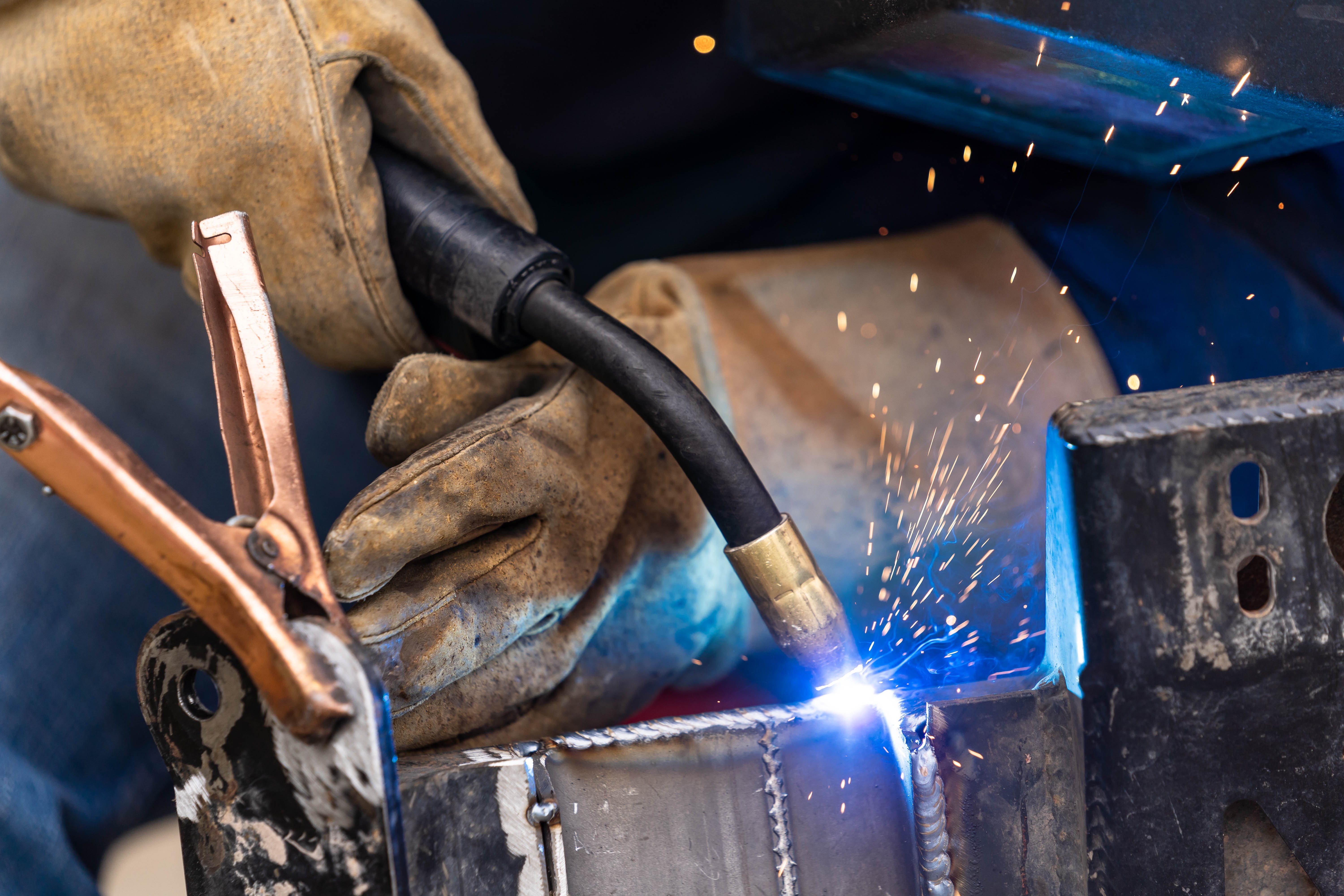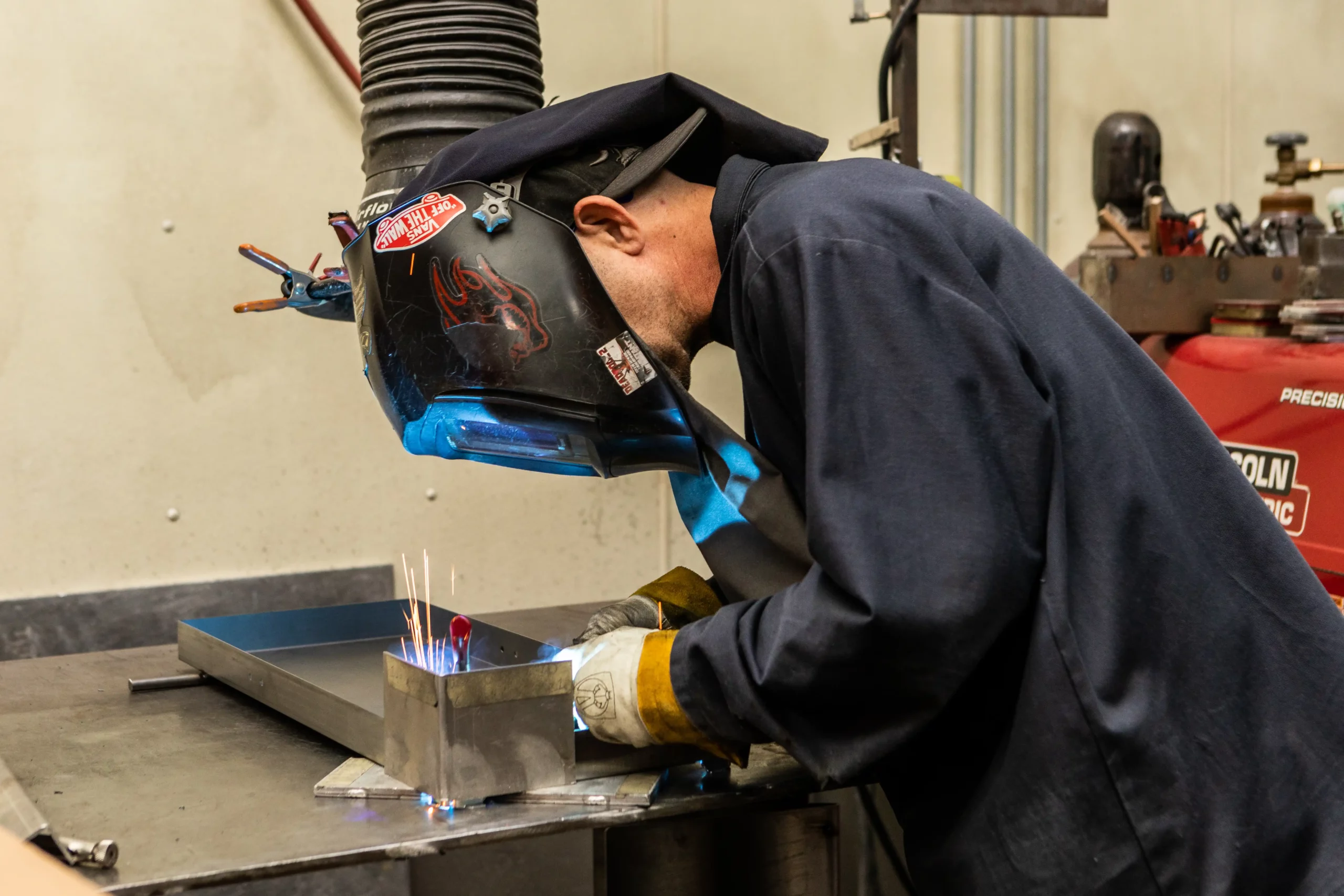The Ultimate Overview to Welding WPS Procedures: A Detailed Review for Welders
In the intricate globe of welding, Welding Treatment Specs (WPS) work as the backbone of ensuring high quality, consistency, and safety in welding procedures. Recognizing the nuances of producing, applying, and checking WPS treatments is necessary for welders wanting to raise their craft and satisfy sector requirements. As we look into the numerous elements of a WPS and check out the details of qualification and qualification, we will certainly reveal the crucial role these procedures play in the world of welding. Let's get started on a journey to decipher the complexities and significance of WPS treatments in welding practices.
Importance of WPS Procedures
Recognizing the significance of Welding Treatment Specifications (WPS) procedures is important for making certain the quality and stability of welded frameworks. WPS treatments work as a roadmap for welders, laying out the required actions, parameters, and products called for to attain a sound weld. By sticking to WPS standards, welders can make certain uniformity in their job, leading to reliable and structurally sound welds.
One of the primary reasons WPS treatments are crucial is their function in preserving weld high quality and honesty. Complying with the defined welding criteria and methods outlined in the WPS helps avoid flaws such as porosity, breaking, or incomplete combination, which can endanger the stamina and toughness of the weld. In addition, WPS treatments are crucial for guaranteeing conformity with market criteria and codes. By adhering to established WPS standards, welders can show that their work satisfies the essential requirements for security and top quality, providing assurance to customers, examiners, and regulative bodies. Fundamentally, the significance of WPS procedures can not be overstated, as they are essential to attaining consistent, top quality welds that meet sector criteria and specs.

Parts of a WPS
A Welding Treatment Requirements (WPS) typically comprises essential parts that detail the certain needs for executing a weld, guaranteeing uniformity and high quality in the welding process. The essential parts of a WPS consist of vital variables such as base metals, filler metals, interpass and preheat temperature levels, welding procedures, protecting gases, welding settings, and post-weld heat therapy needs.
Base metals refer to the materials being signed up with, while filler steels are used to fill up the void in between the base metals throughout welding. Preheat and interpass temperatures are crucial for regulating the warm input and avoiding issues like splitting or distortion. The welding process lays out the details strategy to be used, whether it's gas steel arc welding (GMAW), protected metal arc welding (SMAW), or an additional technique. Protecting gases protect the weld pool from atmospheric contamination. Welding positions specify the positionings in which welding can be done. Post-weld heat therapy may be needed to ease stresses and enhance the weld's buildings. A complete understanding of these components is essential for creating a comprehensive and efficient WPS.

Credentials and Certification
Having actually developed the important elements of a Welding Treatment Spec (WPS), the focus currently moves towards the crucial elements of certification and qualification in welding techniques.

Accreditation, on the various other hand, is the formal acknowledgment of a welder's credentials by a pertinent qualification body or company. Welding certifications are typically based on the particular welding procedures, materials, and placements a welder is qualified to deal with. Holding a legitimate welding qualification demonstrates that a welder meets sector requirements and is experienced to execute welding jobs to the required specifications.
Creating a WPS
To create a Welding Treatment Requirements (WPS) that visit this site right here meets sector criteria, cautious factor to consider of welding processes, materials, and functional criteria is necessary. The very first action in developing a WPS is to recognize the welding process to be utilized, such as gas metal arc welding (GMAW) or protected steel arc welding (SMAW)

Applying and Monitoring WPS
Upon completing the detailed Welding Treatment Requirements (WPS) that diligently information welding procedures, products, operational parameters, and top quality guarantee measures, the focus changes to effectively executing and keeping an eye on the established treatments. Application involves making sure that all welders included in the task are familiar with the WPS and follow it meticulously during the welding process. recommended you read Efficient application and monitoring of the WPS are important for guaranteeing the stability, strength, and safety of the bonded joints, eventually contributing to the total success of the welding job.
Verdict
In final thought, understanding and adhering to Welding Treatment Requirements (WPS) is important for welders to ensure high quality, consistency, and safety and security in their job. By recognizing the components of a WPS, obtaining correct qualifications and qualifications, creating thorough treatments, and executing and checking them efficiently, welders can boost their skills and efficiency in welding techniques. Following WPS procedures is crucial for producing top notch welds and meeting market standards.
In the intricate globe of welding, Welding Procedure Requirements (WPS) serve as hop over to here the foundation of guaranteeing quality, consistency, and safety and security in welding procedures. The welding process outlines the certain strategy to be utilized, whether it's gas steel arc welding (GMAW), shielded metal arc welding (SMAW), or one more method.To develop a Welding Treatment Specification (WPS) that meets market criteria, mindful factor to consider of welding processes, products, and functional specifications is essential. The very first action in developing a WPS is to identify the welding process to be made use of, such as gas steel arc welding (GMAW) or secured steel arc welding (SMAW)Upon wrapping up the thorough Welding Treatment Requirements (WPS) that diligently information welding procedures, materials, functional criteria, and quality guarantee procedures, the focus moves to properly carrying out and keeping track of the recognized procedures.